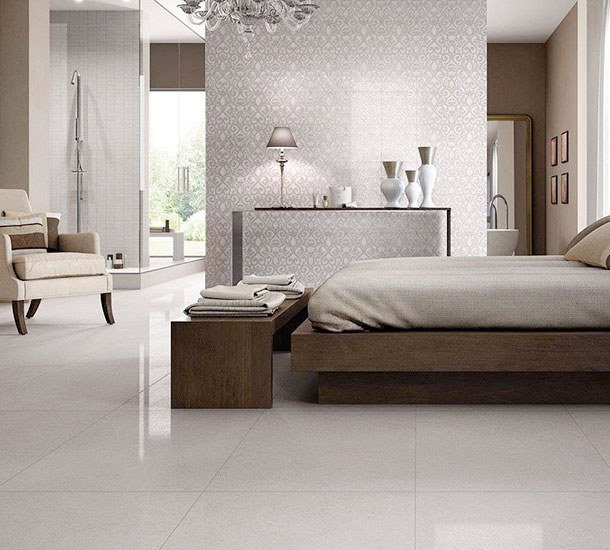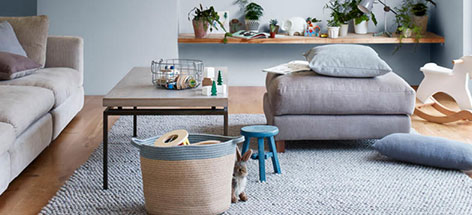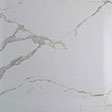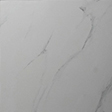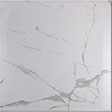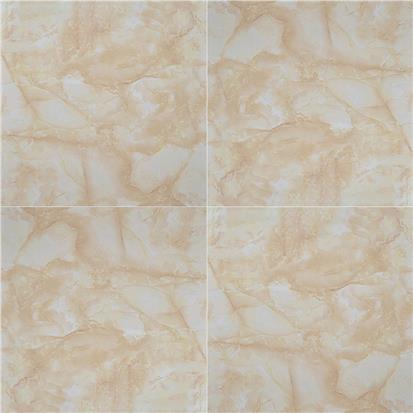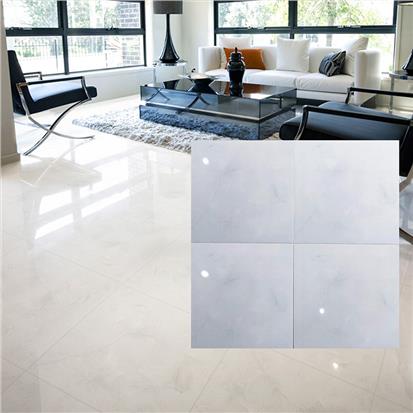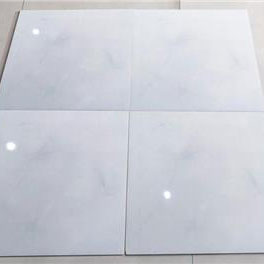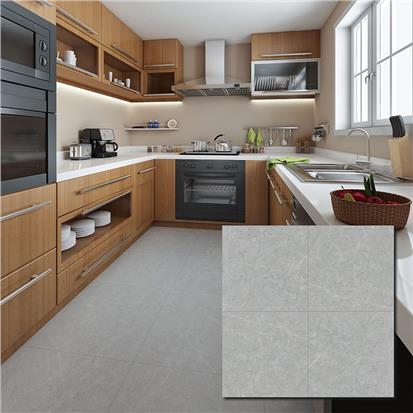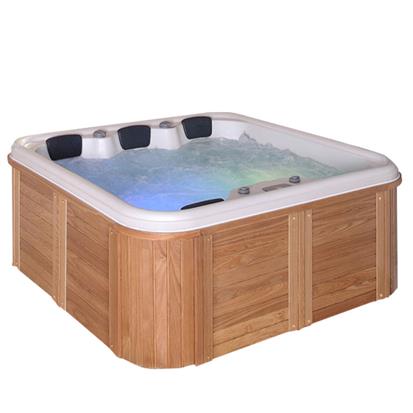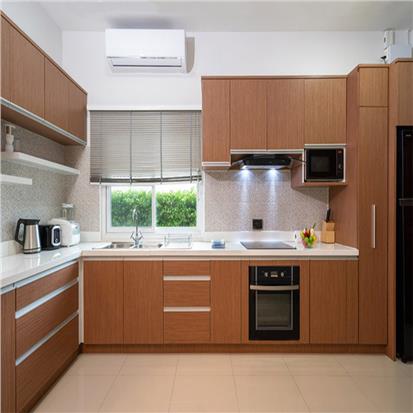In this comprehensive guide, we will explore the many benefits of ceramic tile flooring, its variety of designs, and how to maintain and install it. From its aesthetic qualities to its superior performance in high-traffic areas, ceramic tile flooring is a perfect combination of form and function.
1. Why Choose Ceramic Tile Flooring?
When it comes to selecting flooring for your home, ceramic tiles offer numerous advantages. Their combination of durability, design options, and practicality makes them ideal for a variety of living spaces. Here are some of the key reasons why ceramic tile flooring is a smart investment:
1.1 Durability and Longevity
One of the most significant advantages of ceramic tile flooring is its durability. Ceramic tiles are known for their ability to withstand heavy foot traffic, making them perfect for high-traffic areas like kitchens, hallways, and bathrooms. Unlike carpet or hardwood floors, ceramic tiles are resistant to scratches, dents, and stains, meaning they will continue to look good for years to come.
Ceramic tiles are also moisture-resistant, which is crucial for areas that experience high levels of humidity, such as bathrooms and kitchens. Unlike wood or laminate flooring, ceramic tiles will not warp or buckle when exposed to moisture, making them an excellent choice for water-prone spaces.
1.2 Easy to Clean and Maintain
Ceramic tile floors are incredibly easy to maintain. They are non-porous, meaning they do not absorb liquids or dirt, which helps keep them looking pristine with minimal effort. Cleaning ceramic tiles typically requires just sweeping and occasional mopping with mild detergent. For stubborn stains, a gentle scrub with a tile cleaner is usually sufficient.
Additionally, ceramic tiles are highly resistant to allergens and dust mites, making them an ideal choice for people with allergies or respiratory issues. Because of their smooth, non-absorbent surface, dirt and debris are easy to wipe away.
1.3 Variety of Styles, Colors, and Textures
Ceramic tile flooring comes in a wide range of designs, colors, and finishes, offering endless possibilities to suit every taste and décor style. Whether you prefer sleek, modern tiles or rustic, natural-looking surfaces, ceramic tiles can be found in a variety of options, such as:
- Glossy Finish: Adds a sleek, polished look that is perfect for contemporary or minimalist designs.
- Matte Finish: Ideal for creating a warm, textured feel that is less slippery and more forgiving when wet.
- Textured or 3D Tiles: Adds a tactile element to your floor, creating a more dynamic and visually interesting effect.
- Wood-Look Tiles: Ceramic tiles that mimic the appearance of wood, offering the aesthetic of hardwood floors with the durability of tile.
- Patterned Tiles: For a unique, artistic design, patterned tiles can provide an intricate and customized look that can be used in feature areas, backsplashes, or entire rooms.
This wide range of options allows you to create a personalized look for any room in your home, from classic white subway tiles for a timeless look to vibrant mosaic tiles that bring life and personality to your space.
1.4 Cost-Effective
While the initial installation cost of ceramic tile flooring may be higher than other materials like vinyl or carpet, its long-term value is exceptional. Ceramic tiles are built to last, meaning you won’t need to replace them as often as other flooring options. Their durability, combined with low maintenance costs, makes them a cost-effective choice in the long run.
Additionally, ceramic tiles are energy-efficient because they retain and distribute heat, which can help regulate the temperature of your home. In colder climates, ceramic tile floors help keep your home warm during the winter months by storing heat from the sun or underfloor heating systems.
2. The Different Types of Ceramic Tiles
Ceramic tiles come in several types, each with distinct qualities that suit different purposes. Understanding these differences will help you choose the right tile for your space:
2.1 Porcelain Tiles
Porcelain tiles are a type of ceramic tile, but they are made from finer clay and fired at higher temperatures, making them more durable and water-resistant. Porcelain tiles are perfect for high-traffic areas and outdoor spaces because they are exceptionally strong and able to withstand wear and tear.
- Benefits: Extremely durable, low-maintenance, water-resistant, and available in a wide variety of designs.
- Ideal for: High-traffic areas, kitchens, bathrooms, and outdoor spaces.
2.2 Glazed Ceramic Tiles
Glazed ceramic tiles have a protective layer of glaze applied to the surface, which makes them non-porous and easier to clean. The glaze also allows for a wide range of colors and finishes, from matte to glossy.
- Benefits: Easy to clean, offers a wide range of colors and finishes, ideal for low-maintenance areas.
- Ideal for: Bathrooms, kitchens, and accent walls.
2.3 Unglazed Ceramic Tiles
Unglazed ceramic tiles are not coated with a protective glaze, giving them a more natural and earthy look. These tiles tend to be more porous and require sealing to prevent staining and moisture absorption.
- Benefits: Natural appearance, slip-resistant surface, and more porous texture.
- Ideal for: Outdoor areas, patios, and areas with heavy foot traffic.
2.4 Mosaic Tiles
Mosaic tiles are small, decorative tiles typically arranged in intricate patterns. These tiles are often used to create detailed accents or feature walls, especially in bathrooms or kitchens.
- Benefits: Highly customizable and visually stunning, ideal for creating statement areas.
- Ideal for: Backsplashes, shower walls, and accent features.
3. How to Choose the Right Ceramic Tile for Your Home
When selecting ceramic tile flooring for your home, there are several factors to consider to ensure you get the best fit for your needs:
3.1 Consider the Room’s Function
The function of the room will greatly influence the type of ceramic tile you should choose. For high-traffic areas like the kitchen or hallway, consider durable, slip-resistant tiles like porcelain. For areas that require easy maintenance and water resistance, such as bathrooms, glazed ceramic tiles or mosaic tiles may be ideal.
3.2 Think About Style and Design
The aesthetic of the room is equally important when selecting tiles. Consider the overall design of the space—modern, traditional, rustic, or industrial—and choose tiles that complement the existing décor. For example, wood-look ceramic tiles work well in living rooms, while glossy tiles or mosaic designs are better suited to kitchens and bathrooms.
3.3 Consider the Size of the Room
Larger tiles can make a small room appear more spacious, while smaller tiles may create a more detailed, intricate design. If you want to make a small room feel larger, opt for larger-format tiles in light colors to create an open, airy feel.
3.4 Think About Maintenance
While ceramic tile flooring is low-maintenance overall, different tiles have varying levels of upkeep. Porcelain tiles require less maintenance than unglazed ceramic tiles, which may need sealing to avoid staining. Consider how much time you are willing to dedicate to maintenance and choose accordingly.
4. How to Install Ceramic Tile Flooring
Installing ceramic tile flooring is a fairly straightforward process, but it requires careful preparation and attention to detail to achieve the best results. Here’s a general overview of the installation process:
4.1 Preparation
Start by cleaning and preparing the subfloor to ensure a solid foundation. Make sure the floor is level and free from any debris or dust that could affect the adhesive’s grip.
4.2 Plan the Layout
Before starting the installation, plan the layout of the tiles. Use a chalk line or tile spacers to mark straight lines for the tiles to follow. This will ensure an even and aesthetically pleasing design.
4.3 Apply Adhesive
Use a tile adhesive recommended for ceramic tiles and apply it to the subfloor using a notched trowel. Work in small sections, spreading the adhesive evenly and ensuring the tiles will adhere firmly to the surface.
4.4 Place the Tiles
Begin placing the tiles in your pre-marked layout, pressing them firmly into place. Use tile spacers between each tile to ensure uniform grout lines.
4.5 Grout and Seal
Once the tiles are in place and the adhesive has set, apply grout to fill in the spaces between the tiles. Use a rubber float to spread the grout evenly, making sure to remove excess grout as you go. After the grout has dried, seal the tiles with an appropriate tile sealer to protect them from stains and moisture.
5. Caring for Ceramic Tile Flooring
To keep your ceramic tile flooring looking beautiful, regular maintenance is necessary. Here are some tips:
- Sweep or Vacuum Regularly: Dust and debris can accumulate and scratch the surface, so make sure to sweep or vacuum regularly.
- Mop with Mild Detergent: Clean your tiles with a mild detergent and water solution. Avoid harsh chemicals that can damage the tiles or grout.
- Seal Grout Lines: If necessary, apply a grout sealer to protect against stains and mold.
6. The Environmental Benefits of Ceramic Tile Flooring
In addition to its other benefits, ceramic tile flooring is an environmentally friendly option. Many ceramic tiles are made from natural raw materials, such as clay, sand, and minerals. Additionally, ceramic tiles are durable and long-lasting, which helps to reduce the need for replacements and ultimately minimizes waste.
Some ceramic tiles are also made with eco-friendly processes and can contribute to green building certifications such as LEED (Leadership in Energy and Environmental Design). When choosing ceramic tile flooring, look for brands that prioritize sustainability and use recycled materials in their production.
Why Ceramic Tile Flooring is a Timeless Choice
Ceramic tile flooring offers a unique combination of durability, style, and ease of maintenance, making it an ideal choice for homeowners looking for long-lasting and beautiful floors. With its vast array of design options, from sleek modern finishes to rustic, natural looks, there is a ceramic tile to suit any home style.
Whether you're remodeling your kitchen, bathroom, or living room, ceramic tile flooring will not only enhance the aesthetic appeal of your space but also provide exceptional durability and performance. By understanding the types of ceramic tiles, their benefits, and how to install and maintain them, you can make an informed decision and enjoy the lasting beauty of ceramic floors for many years to come.
 EN
EN FR
FR PT
PT AR
AR
